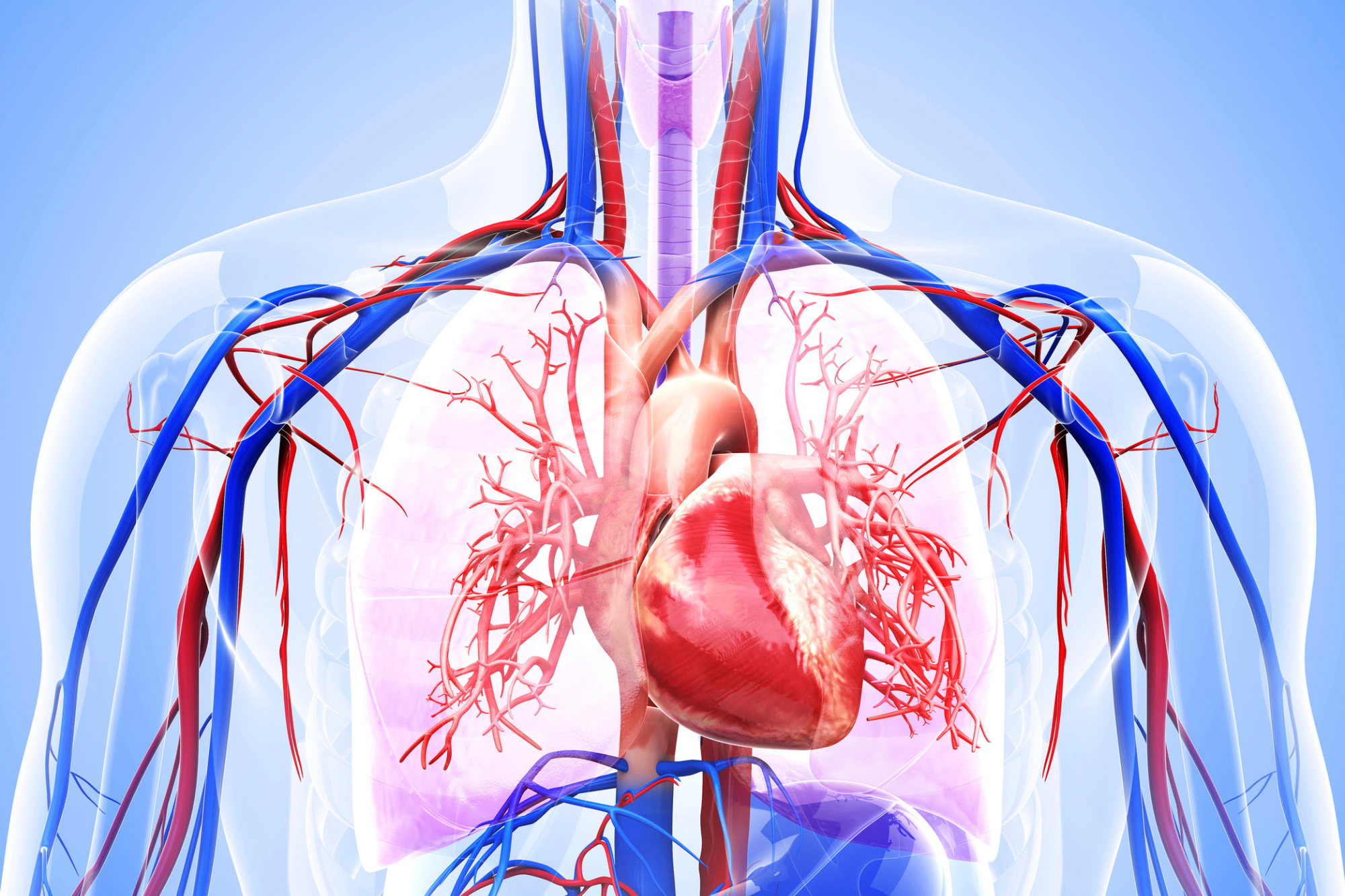For several decades, Australia saw a steady decline in cardiovascular deaths. More recently, this decline in mortality has become stagnant. What is causing this disturbing trend and what impact will this have on our healthcare systems?
Is our winning streak coming to an end?
Around 1.2 million Australians aged 18 and over are living with at least one cardiovascular condition. This means that almost 7% of our adult population is living with one or more conditions related to heart, stroke, or vascular disease. Every 12 minutes, someone in Australia dies from cardiovascular disease. Heart disease is currently the leading cause of death in Australia, causing around 1 in 4 of all deaths.
After several decades of decreasing cardiac deaths, Australia’s winning streak seems to be waning. In the first eight months of 2022, over 10,000 Australians passed away due to ischemic heart disease – an alarming 17% increase compared to usual numbers. It is particularly worrying that a rising number of younger Australians are experiencing fatal cardiac arrests.
Similarly, the number of strokes is on the rise, with someone in Australia suffering a first-time stroke every 19 minutes. If nothing is done to curb the trend, we can expect to see a new stroke taking place every 10 minutes by 2050. Besides being one of our leading causes of death, strokes are also a significant contributor to the burden of disease. According to current estimates, there are more than 445,000 Australians living with the impacts of stroke.
How did we get here
To understand what’s causing the current increase in cardiovascular deaths and strokes, we only need to look at the reasons they were on the decline in the first place. During the past few decades, Australia made huge gains in public health. Take smoking for example. Starting from the 1970s, we have seen mandatory health warnings introduced on all cigarette packs; bans on cigarette advertisements; bans on tobacco product displays; and several excise increases. During the same timeframe, there was also a significant push to limit the excess use of alcohol and to promote a healthier diet.
These measures were designed to reduce obesity and smoking which are both major risk factors for cardiovascular disease. While these preventative measures were being introduced, there were also major medical advancements that improved our ability to detect, treat and manage cardiovascular disease.
How our modern lifestyle is harming us
Today, many of these positive gains seem to be unravelling. Obesity has significantly increased: in 2017-2018, 31% of Australian adults were obese, compared to just 19% in 1995. While poor diet and lack of exercise contribute to obesity, our current lifestyle does little to discourage either. Even though sedentary behaviour should be kept to a minimum, our daily lives are now dominated by inactivity – just think about all the hours we spend scrolling and streaming. Likewise, making healthy dietary choices should ideally be the easier and more affordable option. In reality, people, including children, are constantly bombarded with advertisements for unhealthy foods, and all too often, healthy options are unaffordable for people living in disadvantaged areas.
We’re also witnessing a frustrating push and pull between positive and adverse trends. While more people are now limiting their drinking, the proportion of Australians who consume alcohol at risky levels has remained stagnant. In 2019, 25% of Australians drank at a risky level at least once a month. Similarly, fewer people are smoking tobacco but the popularity of e-cigarettes is on the rise. That e-cigarettes are gaining popularity among younger demographics is particularly worrying. The World Health Organisation has warned that public vaping may renormalise smoking, thus undoing much of the hard work that successfully reduced smoking during the past decades.
Many cardiovascular deaths are preventable
At this point, it has become a commonly acknowledged fact that our healthcare systems are at capacity. When staff and resources are stretched to their limit on a daily basis, it becomes near impossible to effectively adapt to sudden crises – there simply is no wiggle room to accommodate any added pressure. That’s why it’s imperative to look for ways healthcare providers can prepare themselves for if and when cardiovascular disease becomes increasingly prevalent.
First and foremost, it is crucial that we prioritise and invest in preventive care. From diet to smoking, many risk factors for cardiovascular disease are modifiable. This means that with the right approach, many instances of cardiovascular disease and deaths could be prevented. It’s also estimated that over 80% of strokes are preventable. Empowering people to make healthier lifestyle choices helped reduce cardiovascular deaths for several decades. With the right strategies, we can achieve the same again.
Improving patient flow is critical
Besides encouraging the population to make healthier choices, our healthcare systems need to be better prepared to detect, monitor and manage cardiovascular conditions and their risk factors. In order to do this efficiently, we need to improve the overall flow of our healthcare systems, starting from general practices and emergency departments.
GPs play a vital role in conducting heart health checks, prescribing medications and, if needed, referring patients to a specialist. For people to receive timely and appropriate care, it is crucial to address the long wait times and rising out-of-pocket costs that are currently plaguing general practices. If we don’t act now, the current GP shortages might contribute to further cardiovascular deaths.
Emergency departments are another critical bottleneck to tackle. The main reason for overcrowded EDs is the inpatient bed “access block” which leaves patients stranded for hours on end as they wait to be admitted. Overcrowded hospitals and emergency departments are associated with adverse care outcomes and higher mortality. Chronically overwhelmed EDs might lead to cardiovascular patients having to wait for several days for a hospital bed -precisely what happened to a patient at Sydney’s Blacktown Hospital.
As we search for effective ways to prevent, manage and treat the condition, it is important to remember that the risk factors contributing to cardiovascular disease are not merely dependent on personal choices. In reality, our dietary and lifestyle choices are always informed by our surroundings, i.e. the culture and society we inhabit. Much in the same way, in order to navigate these emerging health challenges effectively we need to shift our focus away from isolated healthcare providers and instead look at our healthcare systems as a whole. Now more than ever we need to invest in holistic approaches that prioritise effective communication and collaboration between departments and providers.




